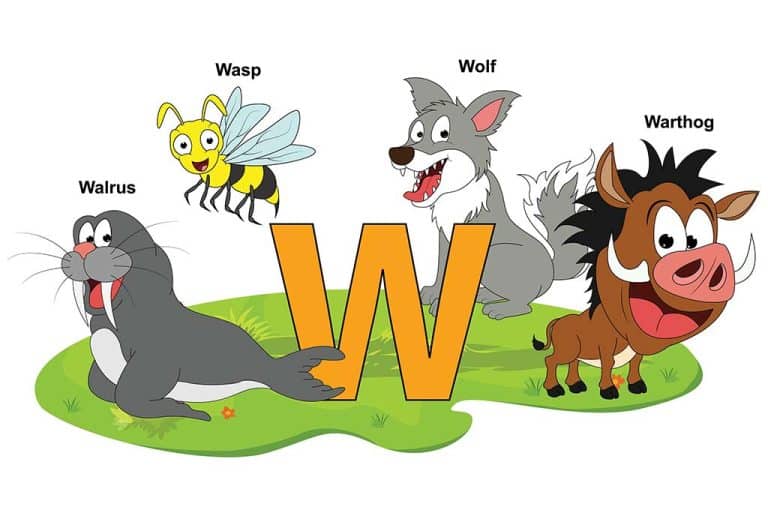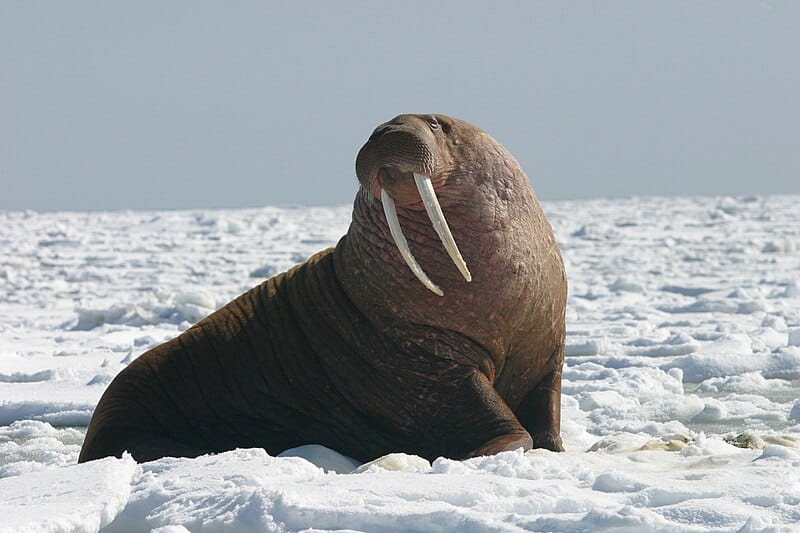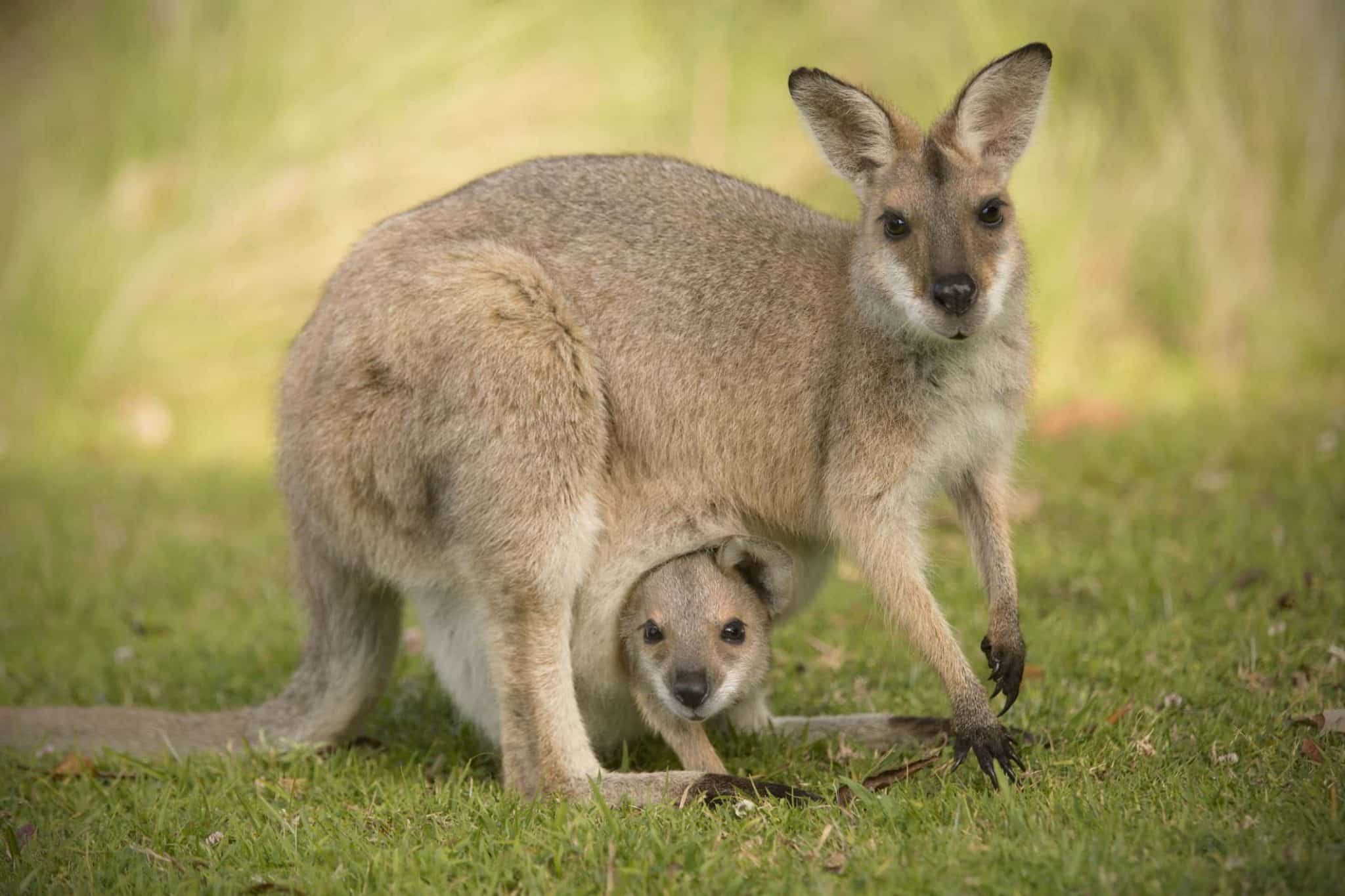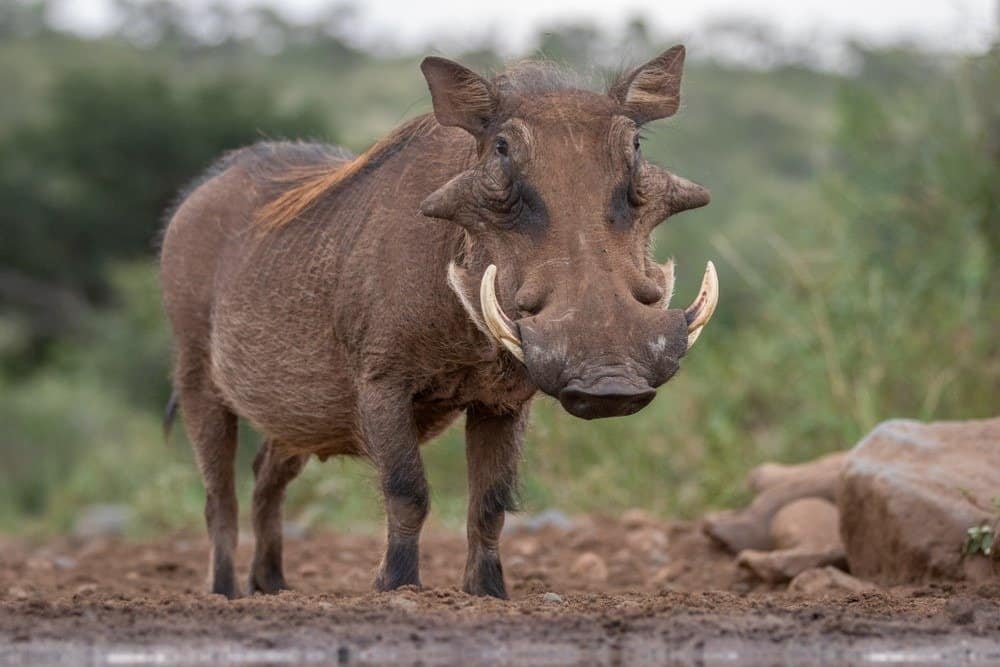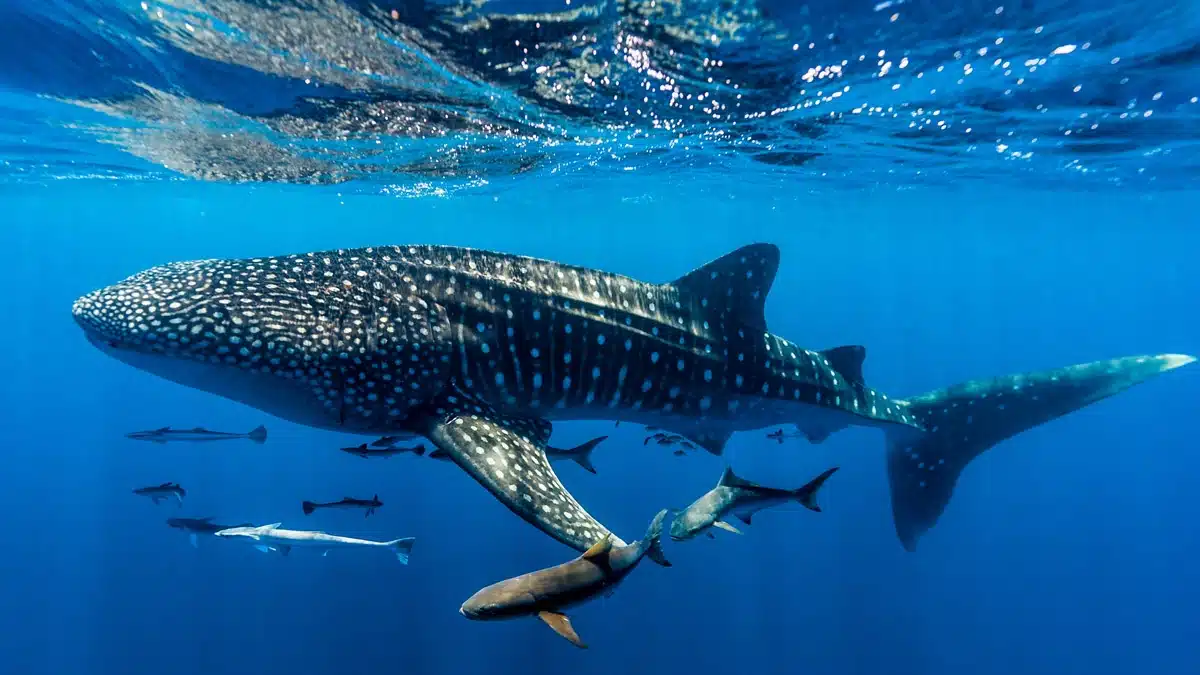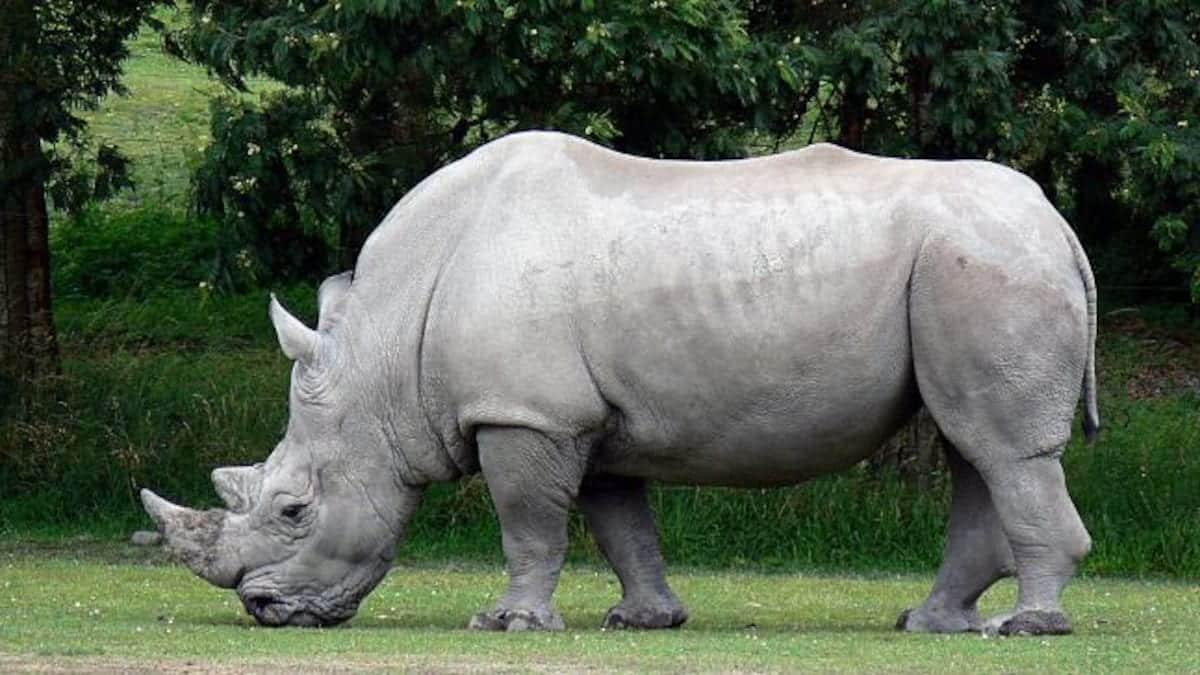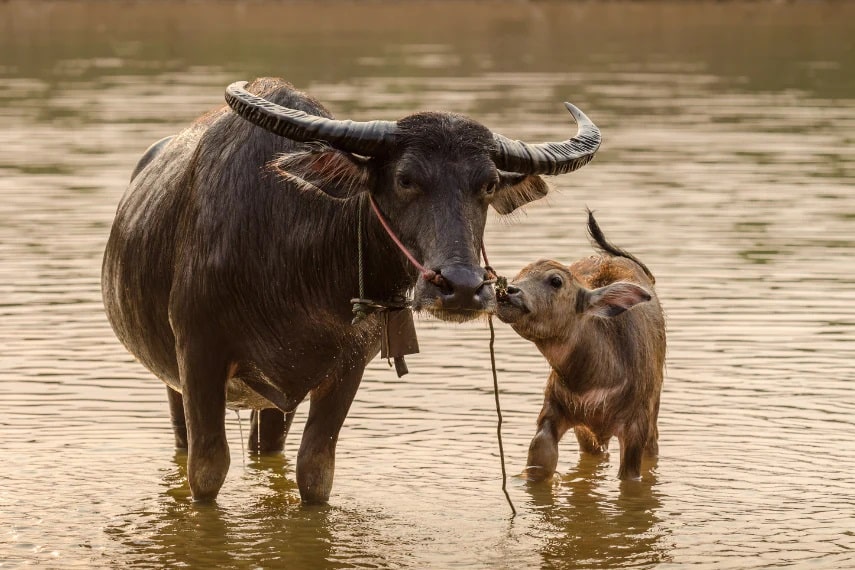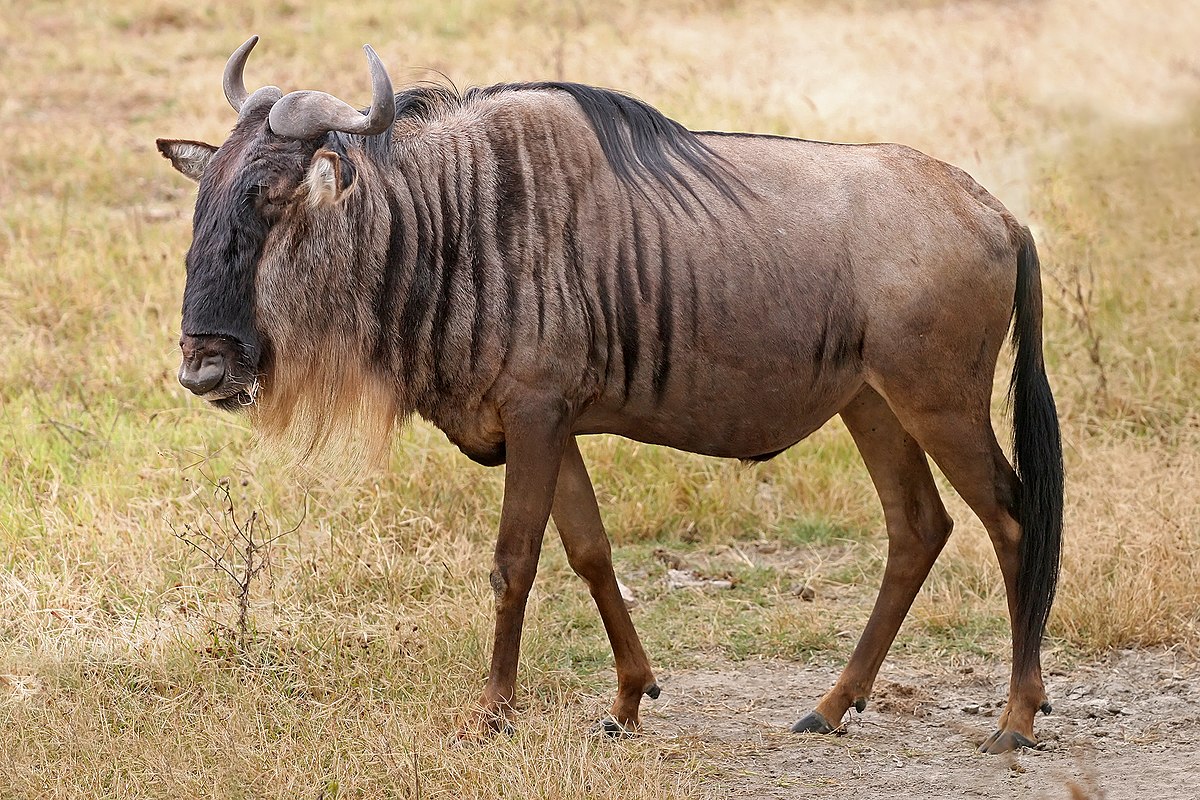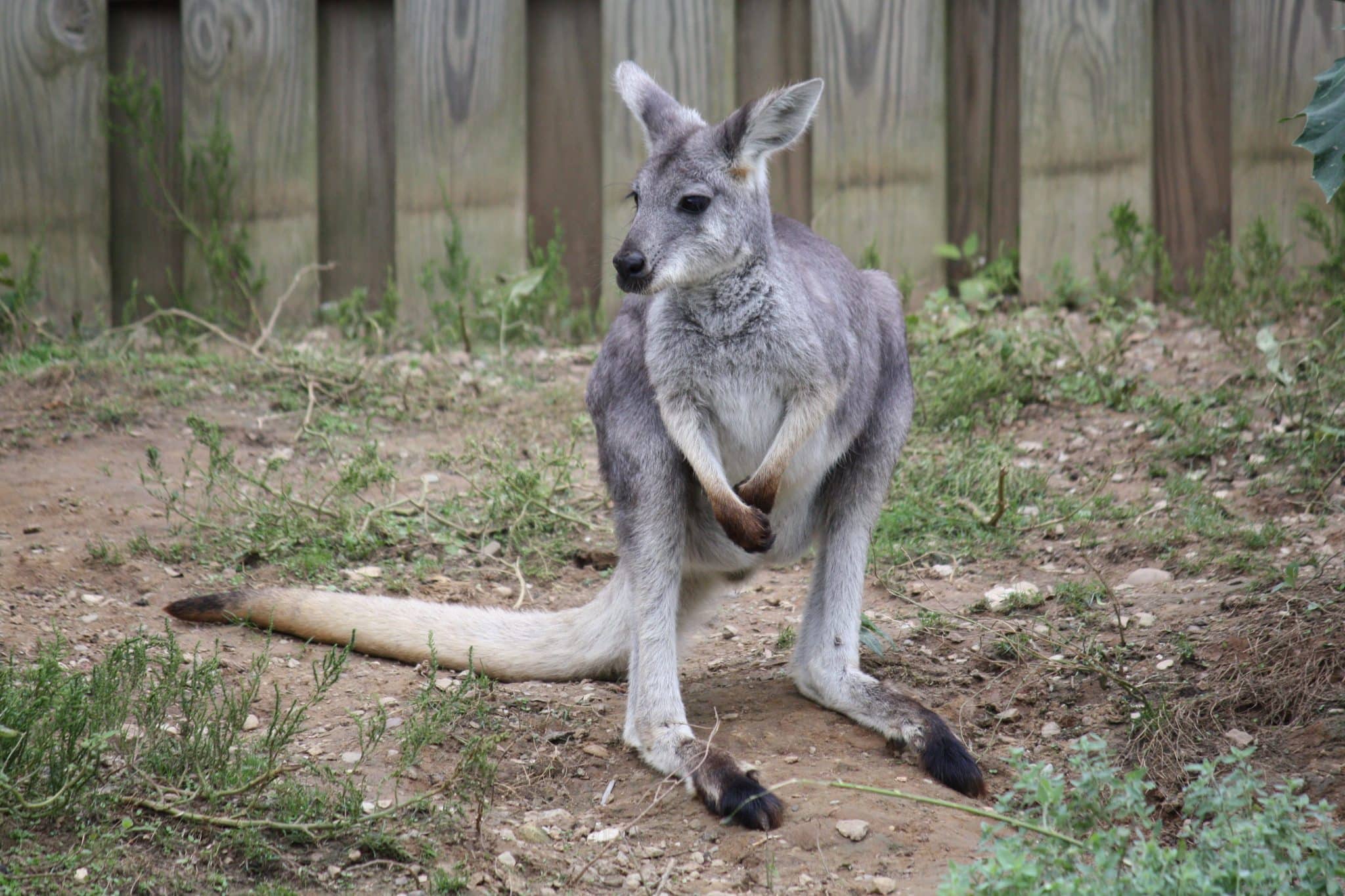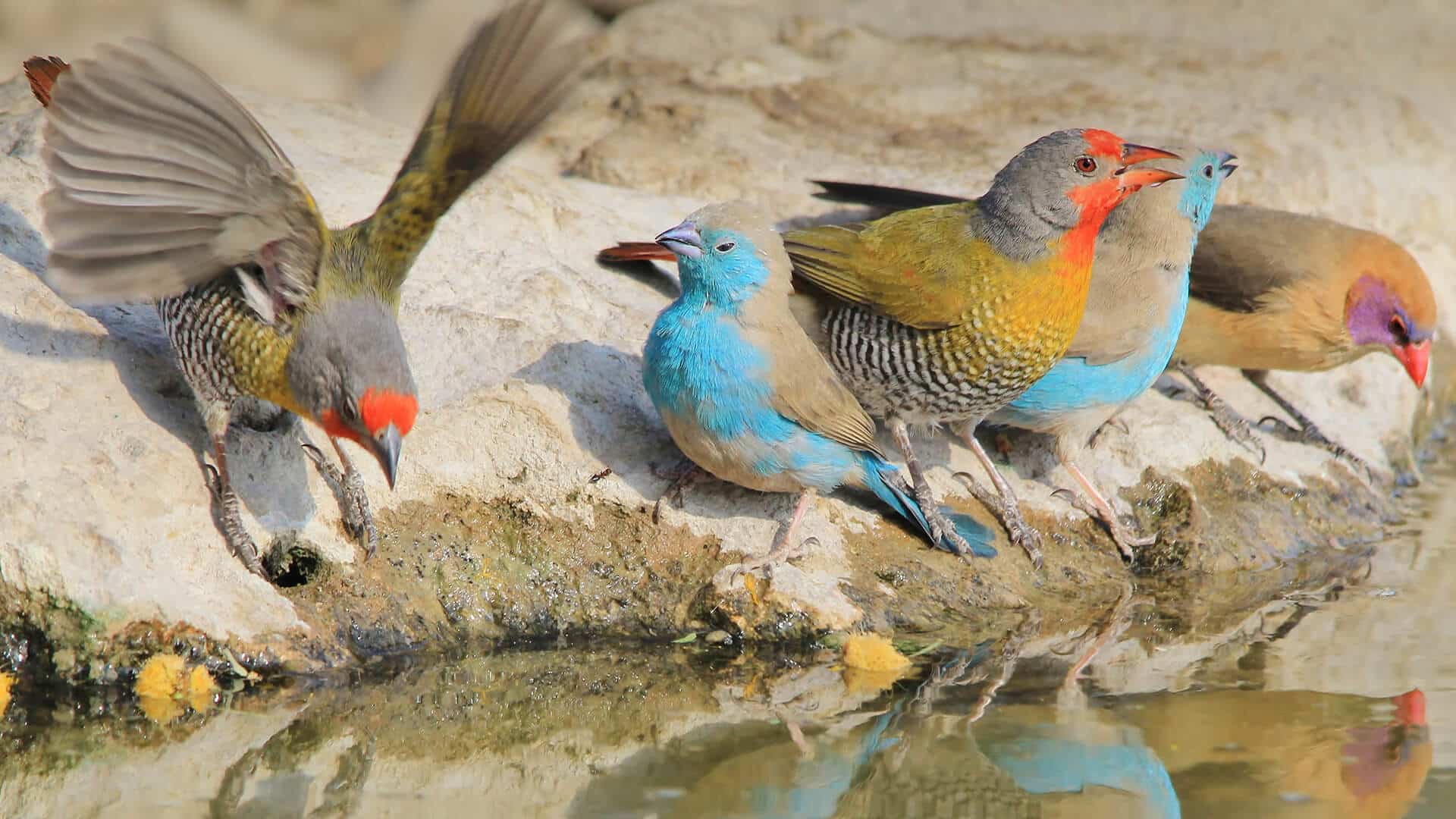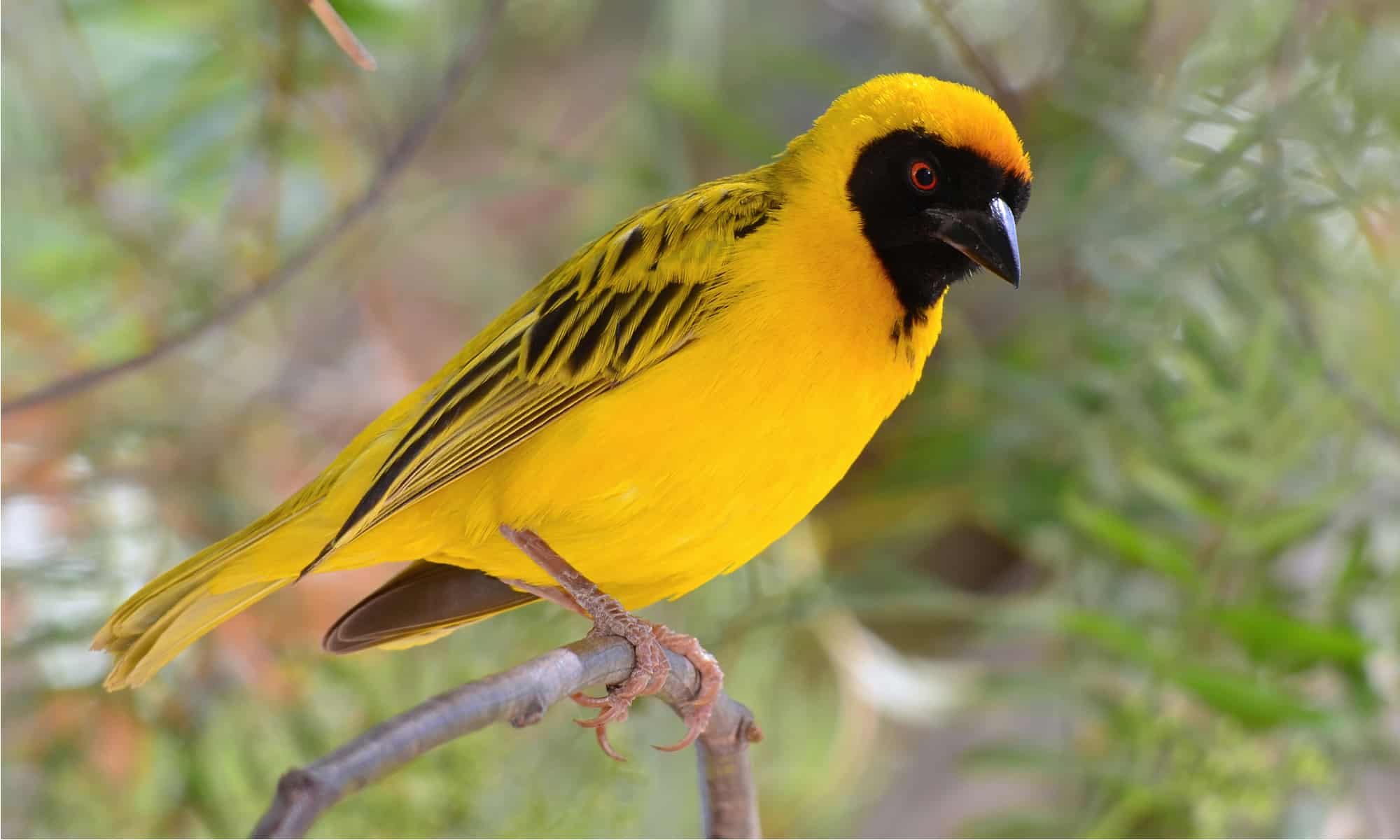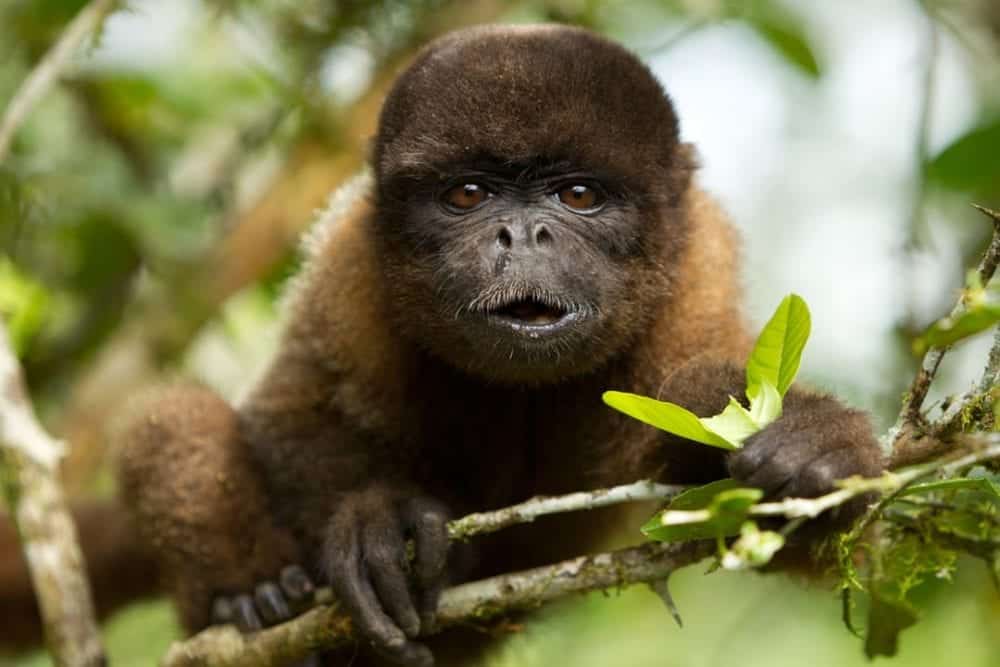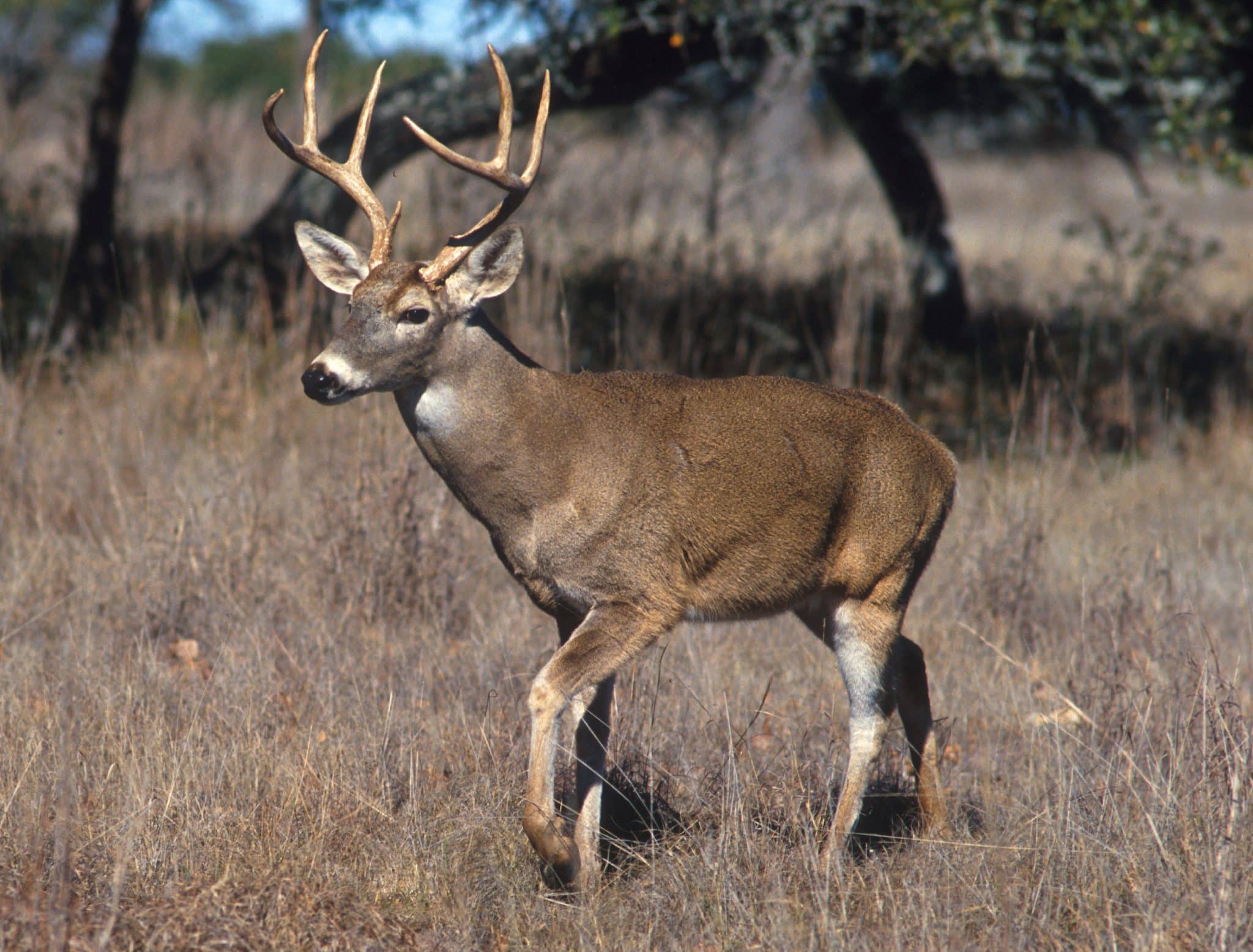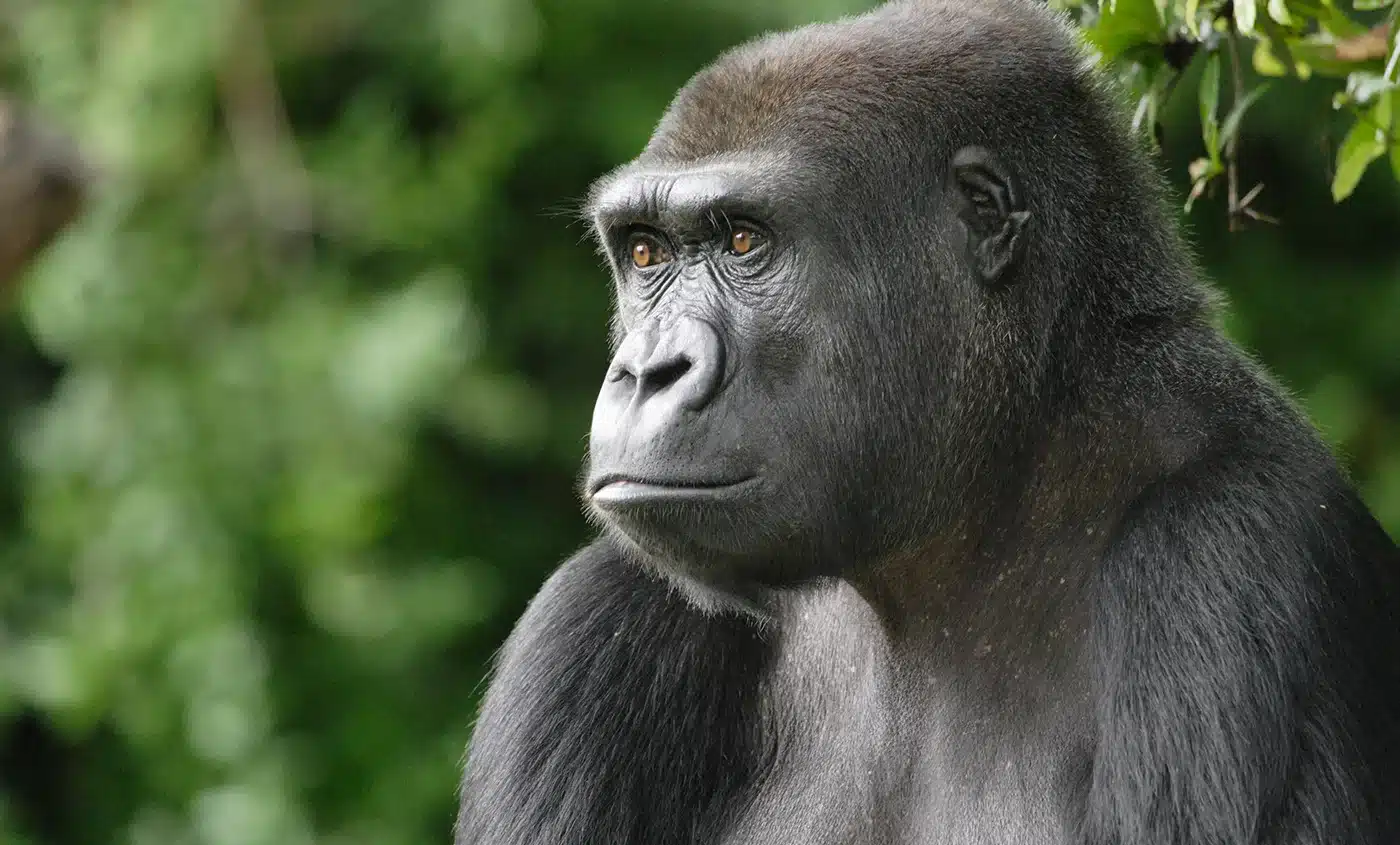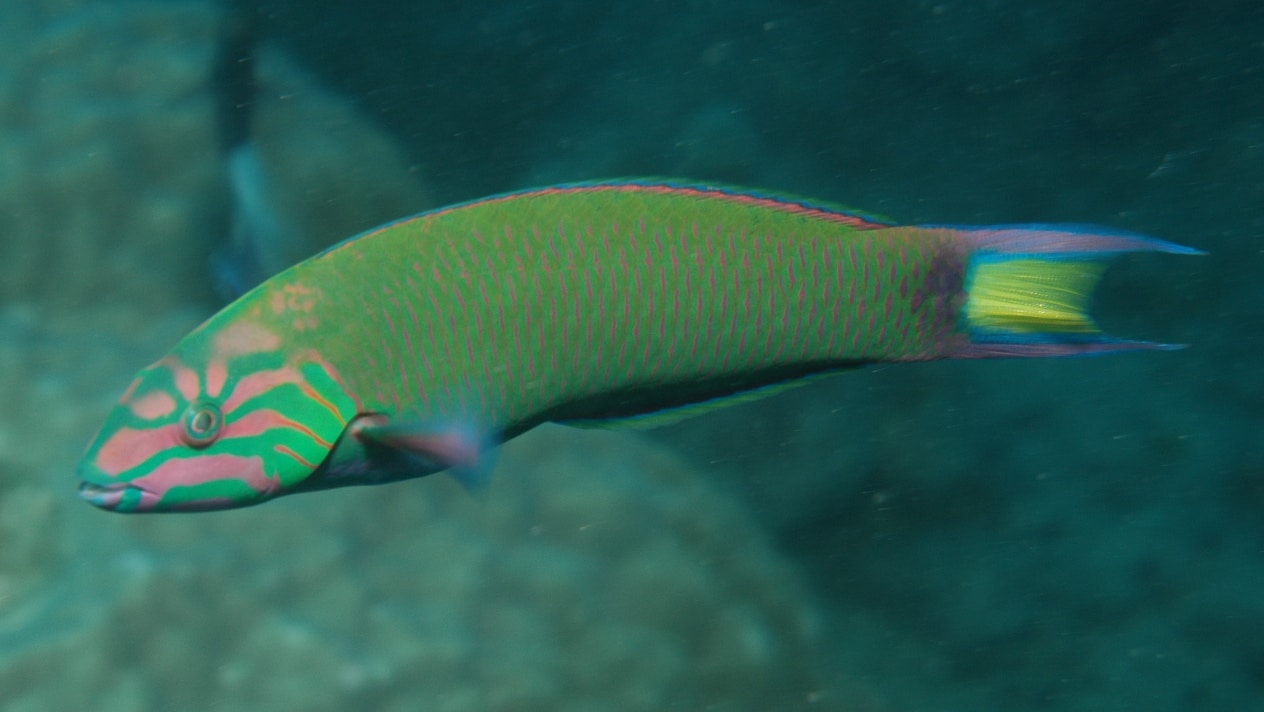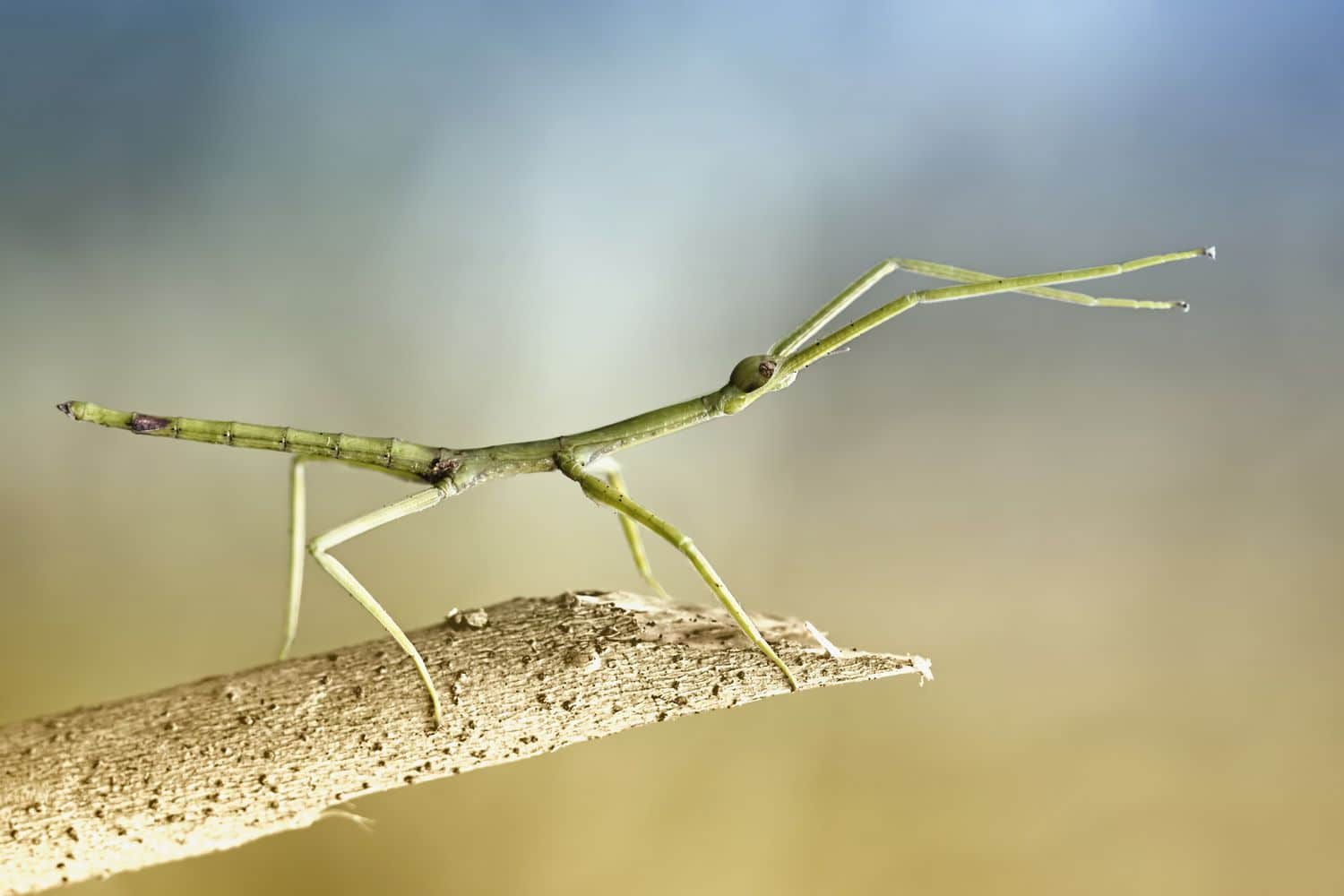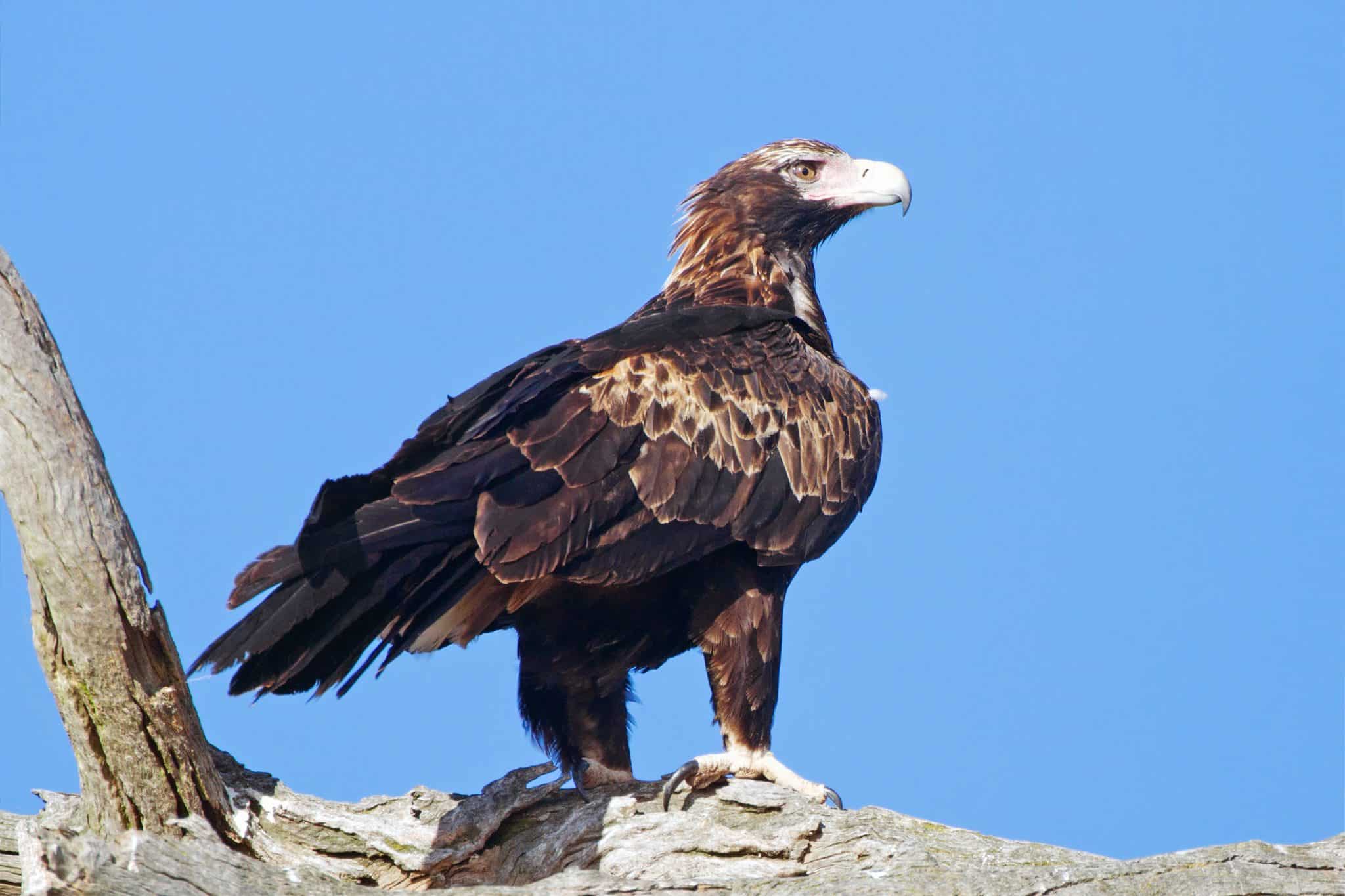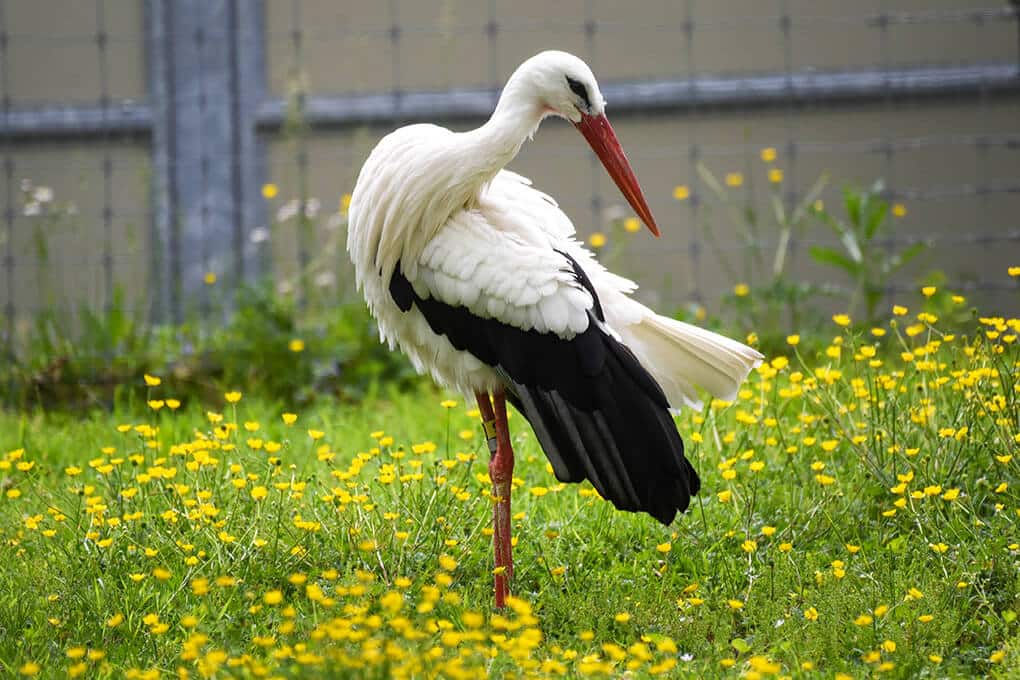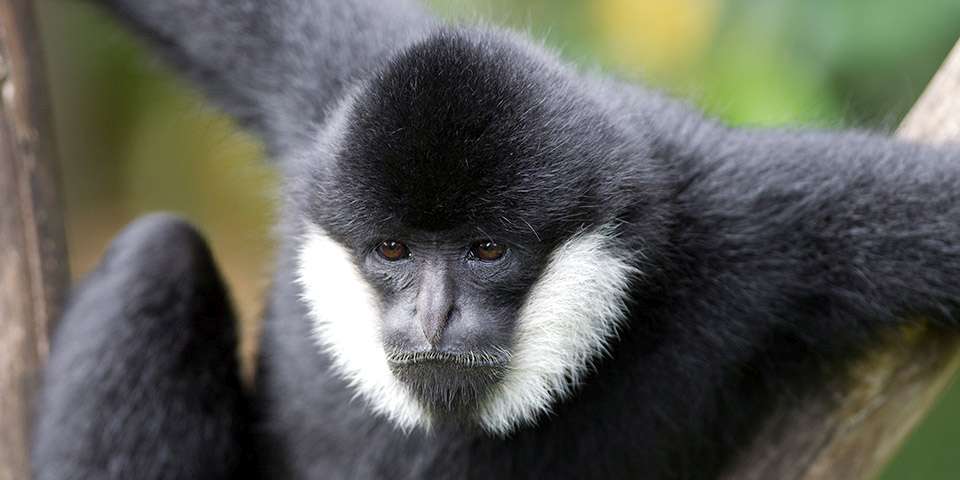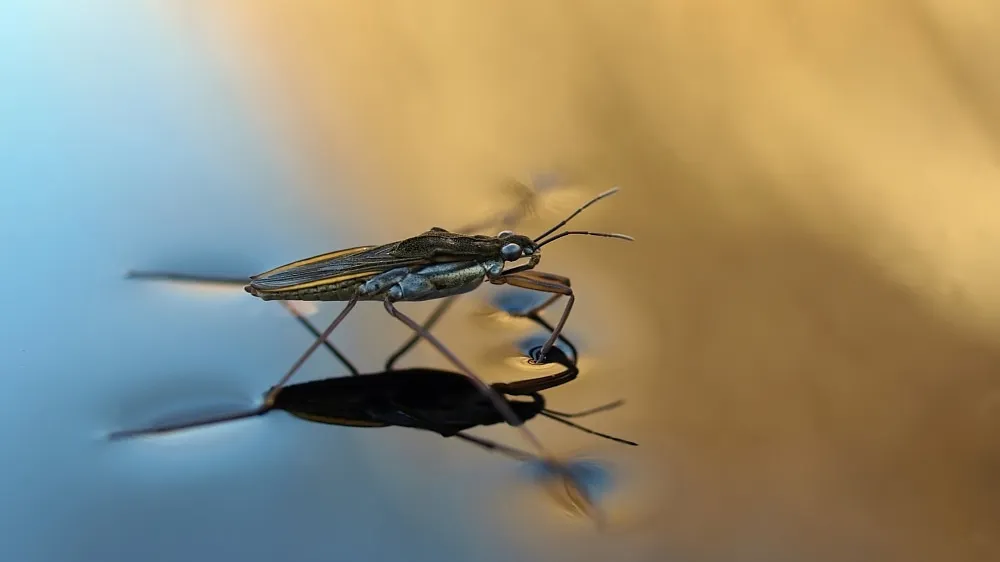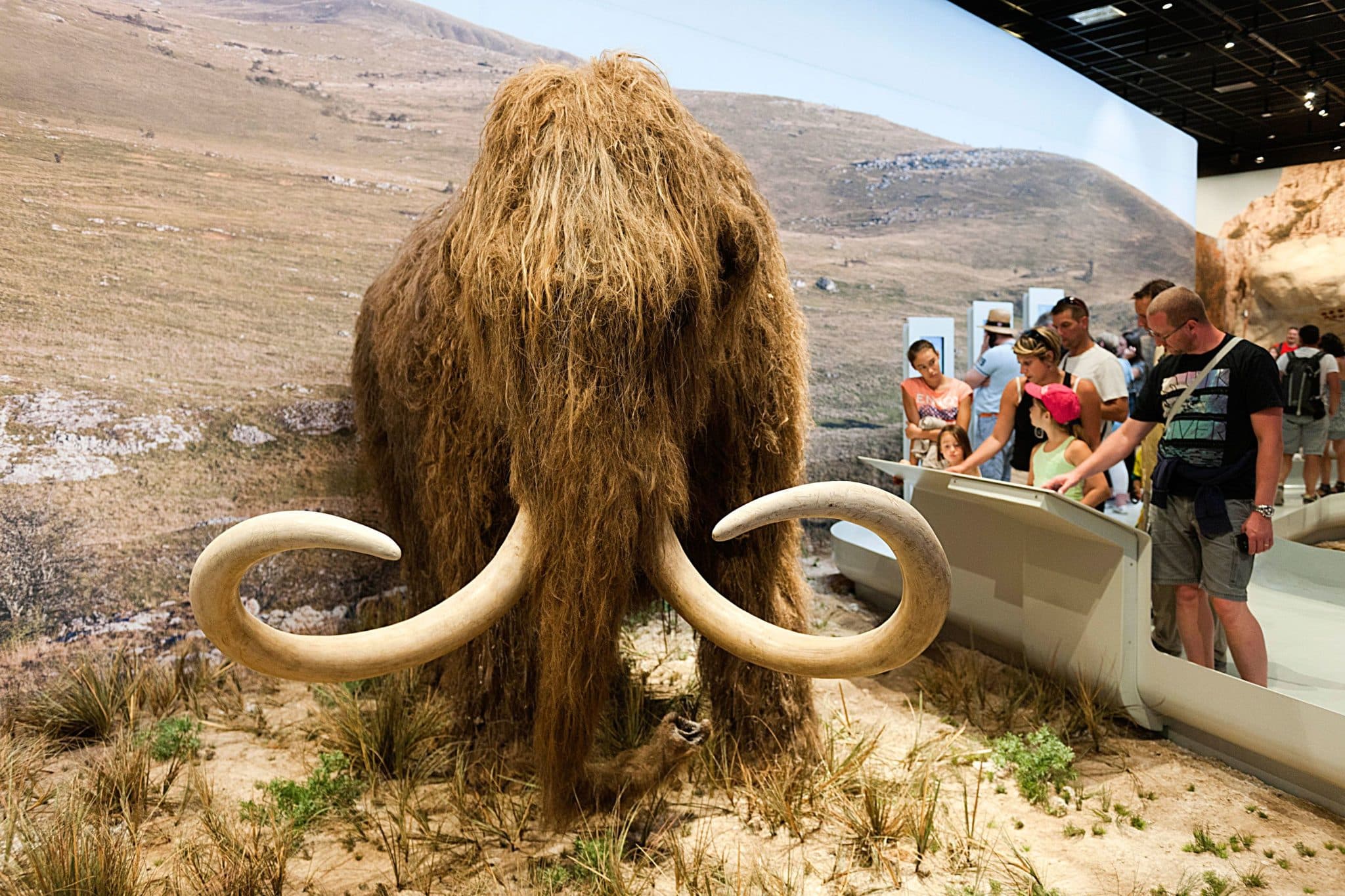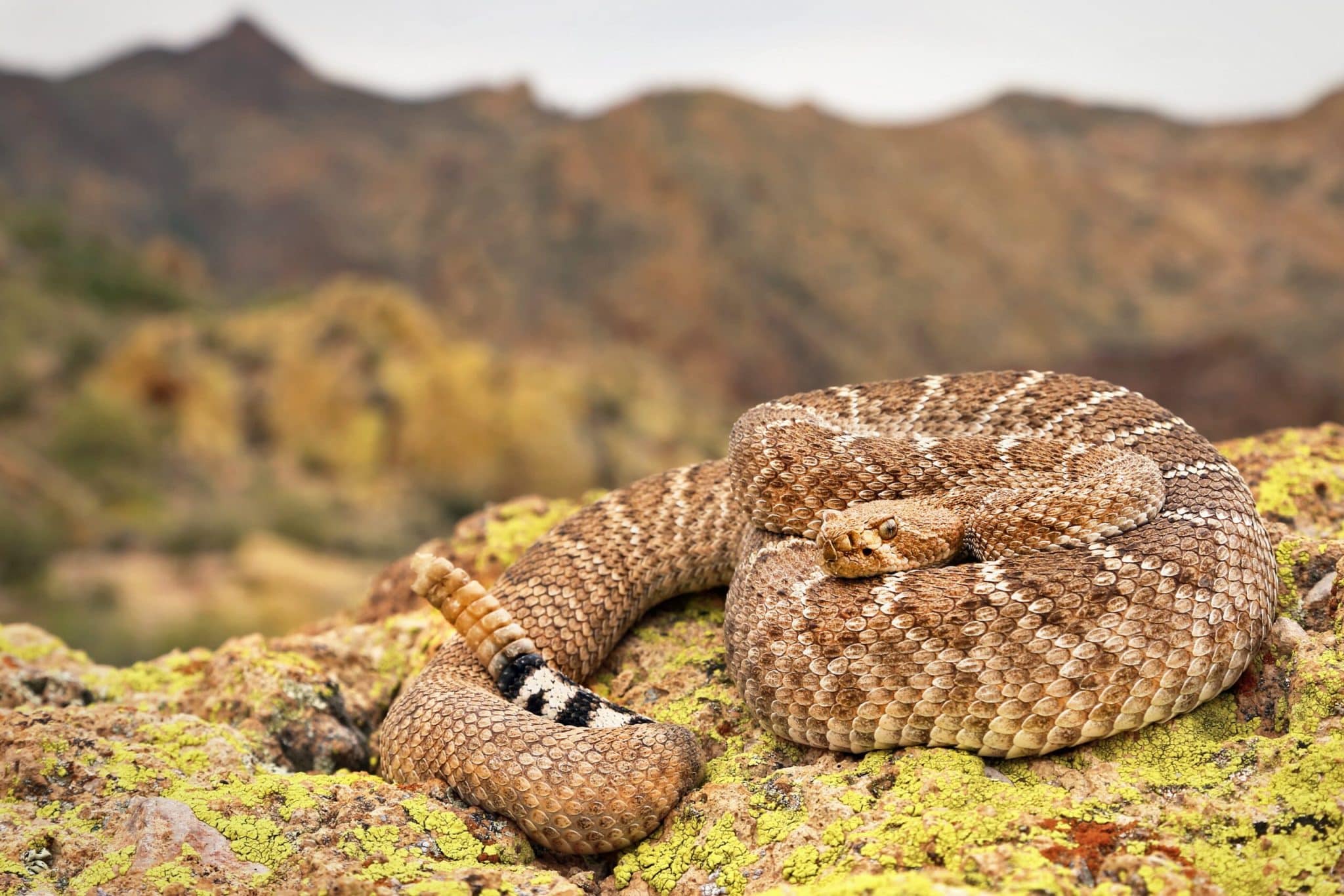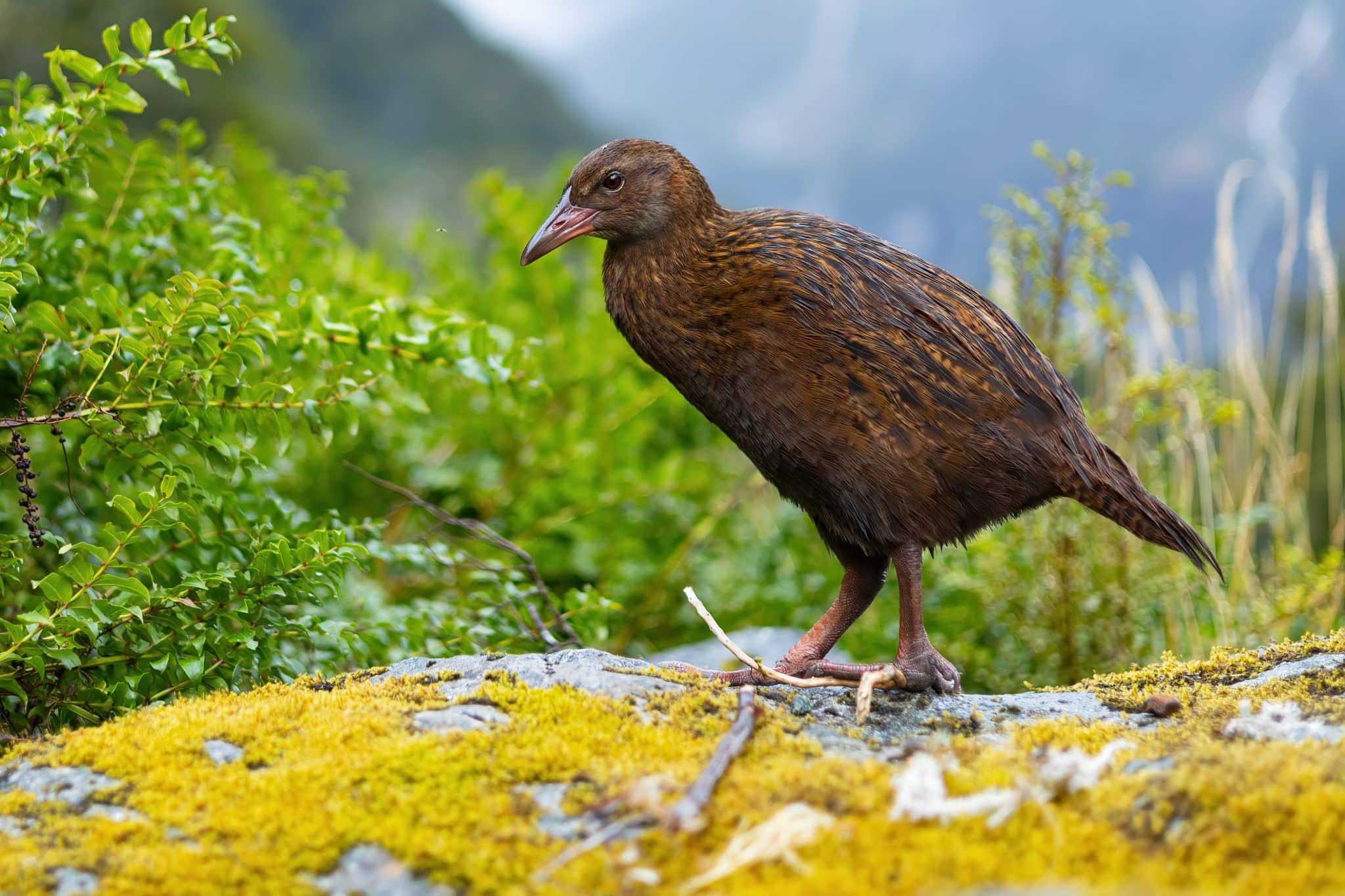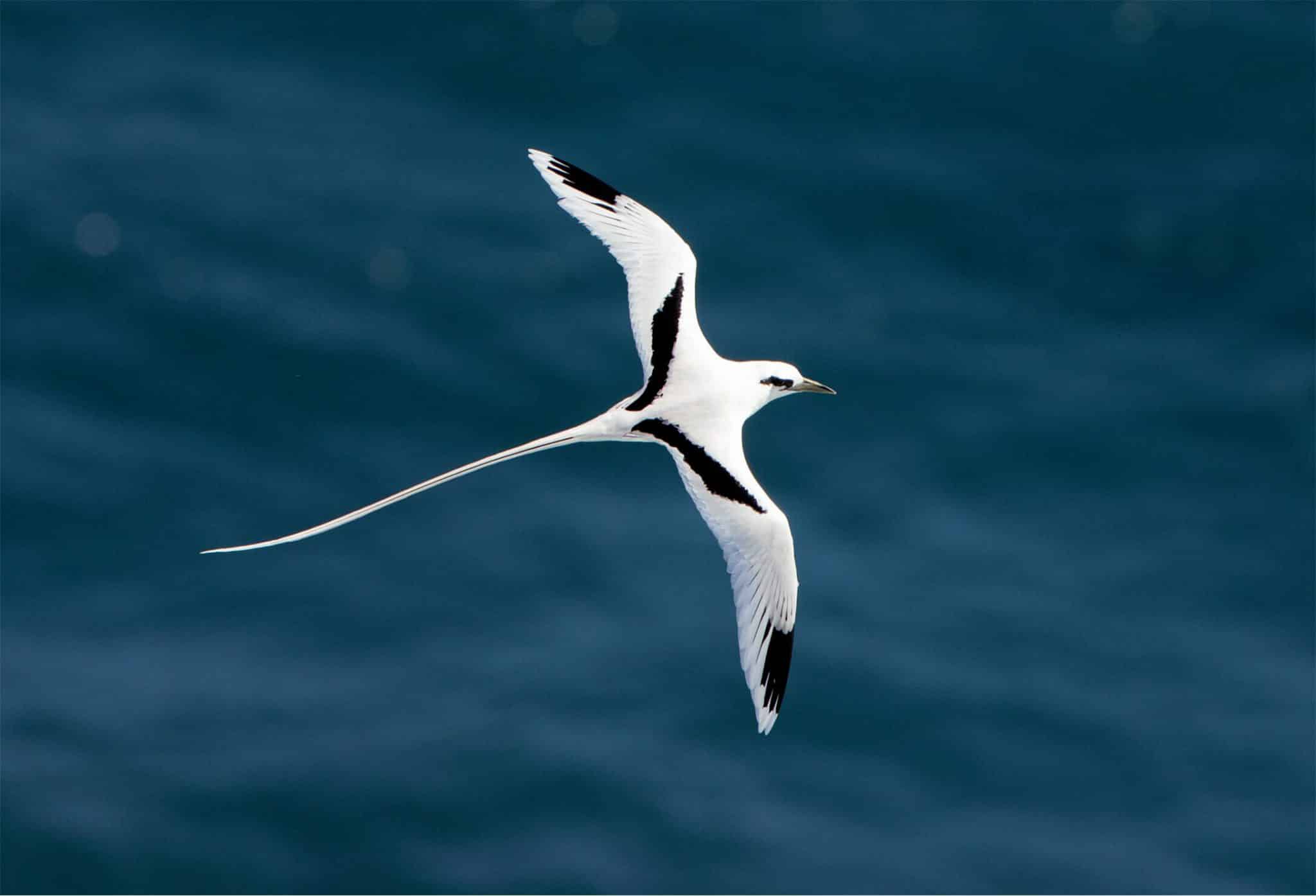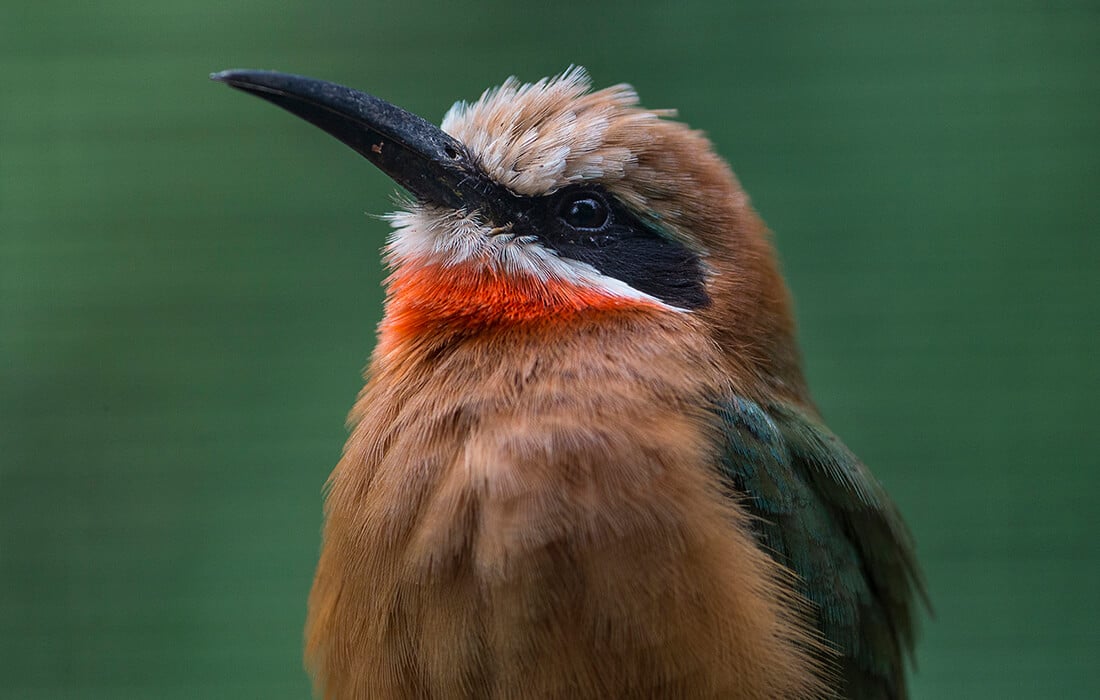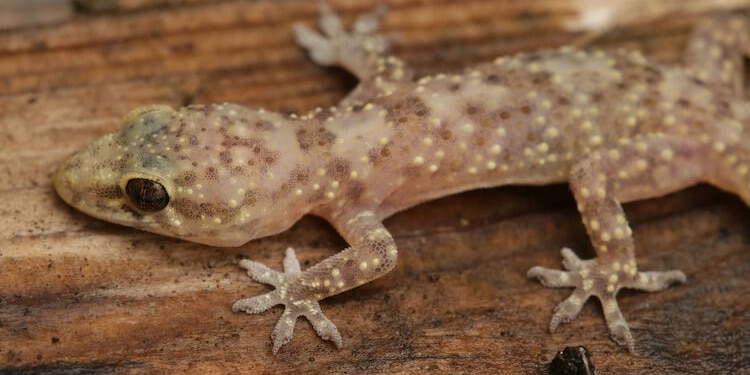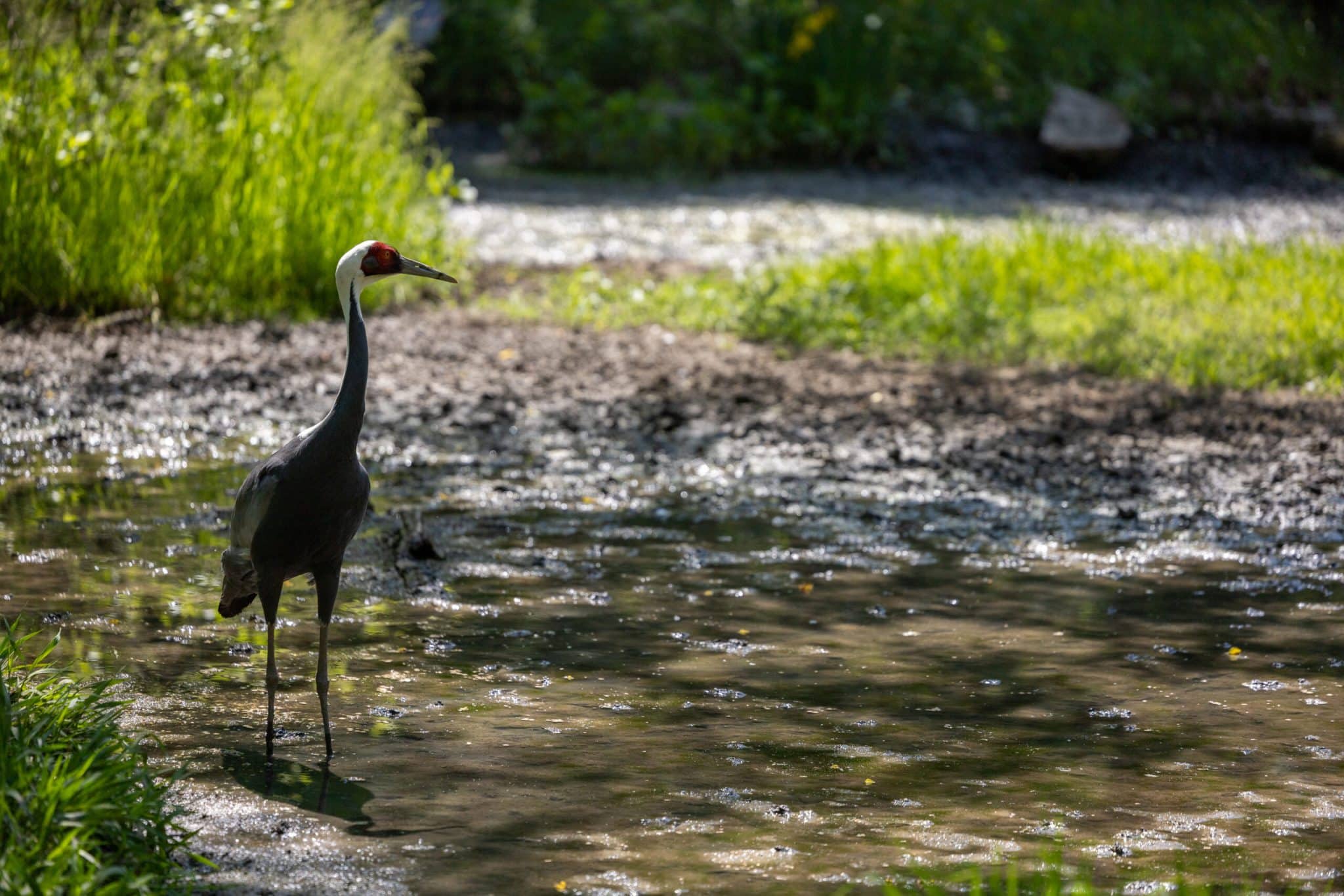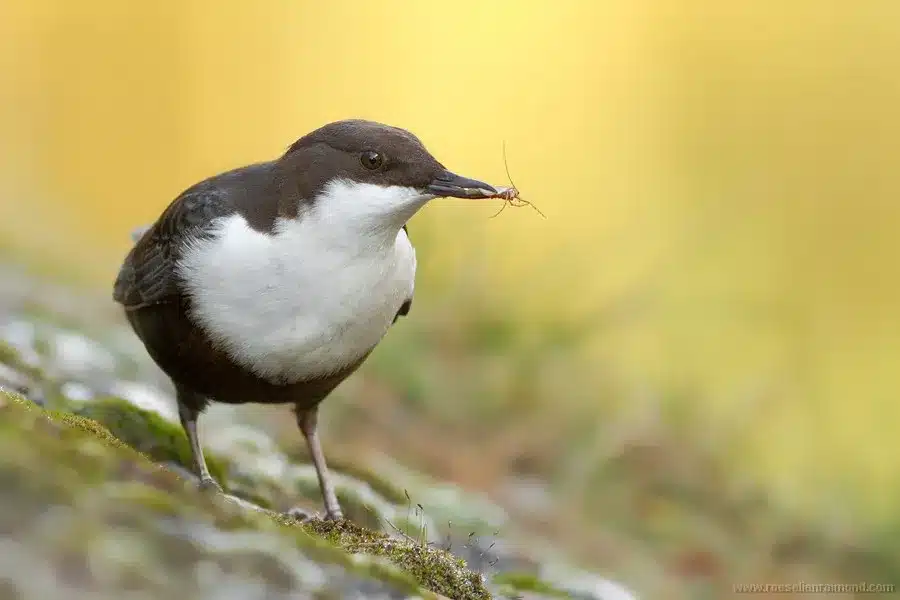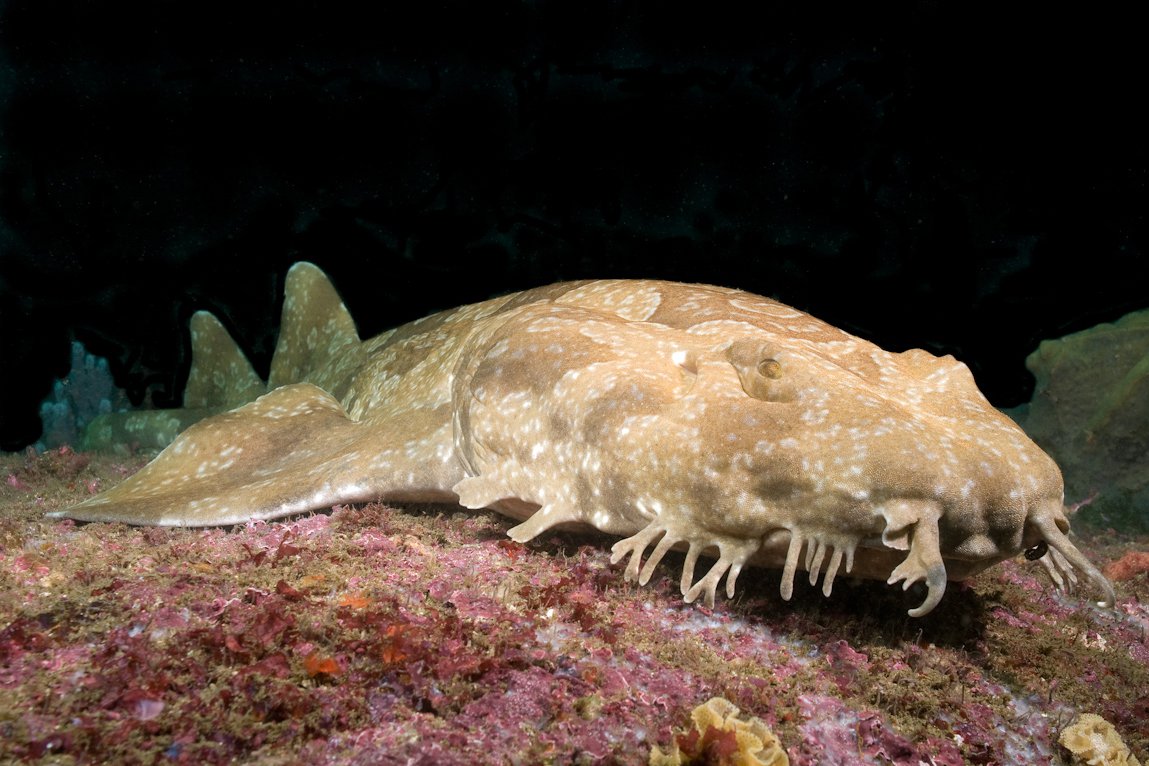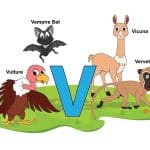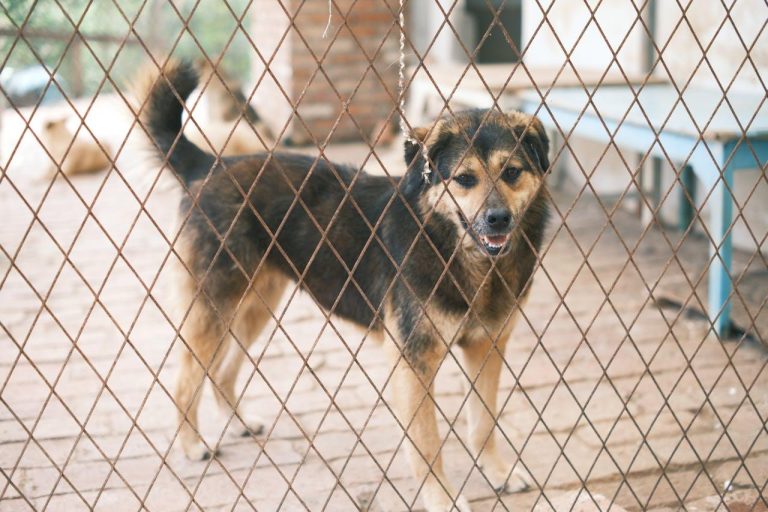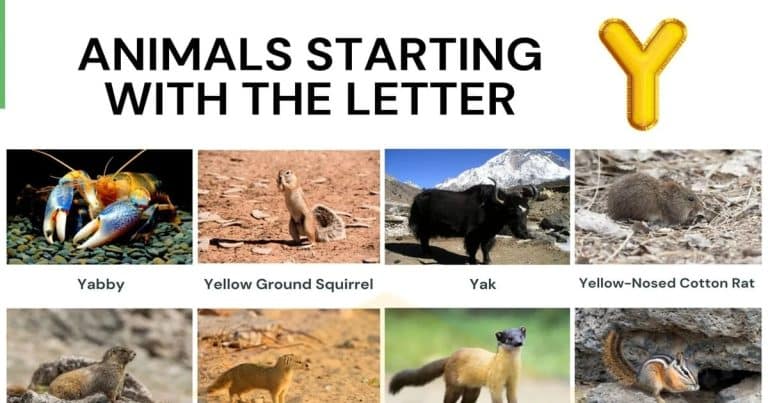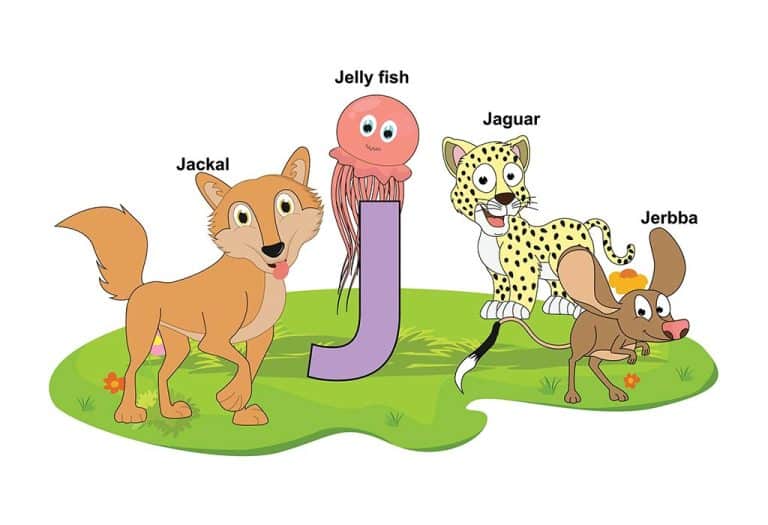Have you ever thought about animals starting with ‘W’? Let’s talk about them and how they help nature.
Some keep the sea balanced, ensuring it stays healthy, while others are good at digging, which helps the soil stay in good shape.
Now, when it comes to big animals, they keep grasslands healthy, which also helps many other animals.
These ‘W’ animals aren’t just simply around; they do things to keep our ecosystem balanced.
Come to learn more about these 45 awesome animals, beginning with W!
List of Animals Beginning with W
1. Wolverine
Origin: Northern Hemisphere
Habitat: Boreal forests, tundra
Diet: Omnivorous (preys on small animals, carrion)
Size: 65-107 cm long
Scientific Name: Gulo gulo
Stocky and muscular. Dark brown fur with light stripes. Strong jaws.
Interesting Facts
- Renowned for strength and ferocity.
- Can take down prey much larger than itself.
- Solitary and territorial animals.
2. Walrus
Origin: Arctic regions
Habitat: Arctic marine areas
Diet: Mostly mollusks
Size: Up to 3.6 meters long
Scientific Name: Odobenus rosmarus
Large marine mammal. Tusks can be a meter long. Whiskered face.
Interesting Facts
- Tusks are used for fighting and dominance displays.
- Can slow heart rate to dive deep.
- Social, found in large groups.
3. Wombat
Origin: Australia
Habitat: Forests, mountainous areas
Diet: Herbivorous (grasses, herbs)
Size: 70-120 cm long
Scientific Name: Vombatus ursinus
Burrowing marsupials. Short-legged, muscular. Distinctive waddle.
Interesting Facts
- Create extensive burrow systems.
- Produce cube-shaped feces.
- Nocturnal and solitary.
4. Wallaby
Origin: Australia, New Guinea
Habitat: Forests, woodlands
Diet: Herbivorous (grasses, leaves)
Size: 30-180 cm tall
Scientific Name: Macropus
Resemble small kangaroos. Powerful hind legs. Long tails.
Interesting Facts
- They are great jumpers, adept at navigating the terrain.
- Social animals, often in groups.
- Pouch for raising young.
5. Woodpecker
Origin: Worldwide, except Australia
Habitat: Forests, woodlands
Diet: Insectivorous, some fruits
Size: 7-56 cm long
Scientific Name: Picidae
Strong beak for pecking wood. Vibrant colors. Distinctive drumming sound.
Interesting Facts
- Can peck 20 times per second.
- Long, sticky tongues to extract insects.
- Communicate through drumming.
6. Warthog
Origin: Africa
Habitat: Grasslands, savannas
Diet: Omnivorous (grasses, roots)
Size: 0.5-1.5 meters long
Scientific Name: Phacochoerus africanus
A wild pig with distinctive tusks. Large head, relatively short body. Sparse hair.
Interesting Facts
- Can run up to 55 km/h.
- Kneel on front legs to eat.
- Burrow into the ground for shelter.
7. Weasel
Origin: Worldwide, except Australia, Antarctica
Habitat: Varied (forests, fields)
Diet: Carnivorous (small mammals, birds)
Size: 17-45 cm long
Scientific Name: Mustela
Small, slender body. Brown fur with white underparts. Agile and quick.
Interesting Facts
- Can take down prey larger than themselves.
- Known for playful behavior.
- Solitary and territorial.
8. Whale Shark
Origin: Warm, tropical oceans
Habitat: Open seas
Diet: Planktivorous
Size: Up to 12 meters long
Scientific Name: Rhincodon typus
Large fish. Distinctive spots and stripes. Wide, flat head.
Interesting Facts
- Largest known fish species.
- Harmless to humans.
- Long lifespan, up to 70 years.
9. White Rhino
Origin: Africa
Habitat: Grasslands, savannas
Diet: Herbivorous (grasses)
Size: Up to 3.6 meters long
Scientific Name: Ceratotherium simum
Second-largest land mammal. Two horns on the snout. Wide mouth.
Interesting Facts
- Named for “wide,” not “white.”
- Live in small groups.
- Threatened by poaching.
10. Wolf
Origin: North America, Eurasia
Habitat: Varied (forests, tundras)
Diet: Carnivorous (large mammals)
Size: 1-1.5 meters long
Scientific Name: Canis lupus
Largest wild members of the dog family. Thick fur, powerful jaws. Live in packs.
Interesting Facts
- Complex social structures.
- Communicate with howls.
- Skilled hunters work in packs.
11. Water Buffalo
Origin: Asia
Habitat: Wetlands, grasslands
Diet: Herbivorous (grasses, aquatic plants)
Size: 2.5-3 meters long
Scientific Name: Bubalus bubalis
Large, domesticated bovine. Distinctive curved horns. Heavy body, large head.
Interesting Facts
- Essential for plowing and transportation in rural areas.
- Can swim well.
- Important in rituals and festivals in Asia.
12. Wildebeest
Origin: Eastern and Southern Africa
Habitat: Savannahs, plains
Diet: Herbivorous (grasses)
Size: 1.2-2.4 meters long
Scientific Name: Connochaetes
Large antelope. Broad muzzle, curved horns. Shaggy mane.
Interesting Facts
- Known for massive migrations.
- Strong social structure.
- Predators include lions and hyenas.
13. Wallaroo
Origin: Australia
Habitat: Rocky outcrops, grasslands
Diet: Herbivorous (grasses, leaves)
Size: 0.8-1.2 meters tall
Scientific Name: Macropus robustus
Smaller than kangaroos but larger than wallabies. Stocky build, powerful legs.
Interesting Facts
- Solitary and nocturnal.
- Can survive long periods without water.
- Agile climbers.
14. Whiptail Lizard
Origin: Americas
Habitat: Deserts, grasslands
Diet: Insectivorous
Size: 10-36 cm long
Scientific Name: Aspidoscelis
Slender body and a long tail. Fast-moving. Varies in color.
Interesting Facts
- Some species reproduce asexually.
- They are very fast runners.
- Active during the day.
15. Waxwing
Origin: North America, Europe, Asia
Habitat: Forests, gardens
Diet: Omnivorous (berries, insects)
Size: 15-20 cm long
Scientific Name: Bombycilla
Small birds. Sleek plumage, crest on head. Black mask-like marking.
Interesting Facts
- Social and often found in large flocks.
- Can become intoxicated from fermented berries.
- Distinctive high-pitched calls.
16. Water Dragon
Origin: Australia, Southeast Asia
Habitat: Rainforests, swamps
Diet: Omnivorous (insects, fruits)
Size: Up to 1 meter long
Scientific Name: Intellagama lesueurii (Australian), Physignathus cocincinus (Asian)
Large, colorful lizards. Long tail and strong limbs. Crest on head.
Interesting Facts
- Excellent swimmers.
- Can remain submerged for up to 90 minutes.
- Display territorial behavior.
17. Waxbill
Origin: Africa, India, Asia
Habitat: Grasslands, open woodlands
Diet: Omnivorous (seeds, small insects)
Size: 9-15 cm long
Scientific Name: Estrildidae
Small, brightly colored birds. Short, stout beaks. Distinctive songs.
Interesting Facts
- Social, often found in flocks.
- Nest in grasses or bushes.
- Attractive chirping sounds.
18. Weaver Bird
Origin: Africa, Asia
Habitat: Forests, grasslands, wetlands
Diet: Omnivorous (seeds, insects)
Size: 10-20 cm long
Scientific Name: Ploceidae
Brightly colored, often yellow or red. Pointed beaks. Famous for nest-building.
Interesting Facts
- Males weave intricate nests to attract females.
- Live in colonies.
- Skilled vocalists.
19. Woolly Monkey
Origin: South America
Habitat: Rainforests
Diet: Omnivorous (fruits, leaves, insects)
Size: 40-70 cm long
Scientific Name: Lagothrix
Thick, woolly fur. Prehensile tail. Large, expressive eyes.
Interesting Facts
- Endangered due to habitat loss and hunting.
- Strong social bonds.
- Use their tail as a fifth limb.
20. White-tailed Deer
Origin: Americas
Habitat: Forests, fields, meadows
Diet: Herbivorous (leaves, twigs, fruits)
Size: 1.0-2.2 meters long
Scientific Name: Odocoileus virginianus
Slender build. Brown coat, white tail underside. Antlers on males.
Interesting Facts
- Antlers shed and regrow annually.
- Excellent jumpers and swimmers.
- Widely distributed and abundant.
21. Western Lowland Gorilla
Origin: Central Africa
Habitat: Tropical rainforests
Diet: Herbivorous (fruits, shoots, leaves)
Size: 1.4-1.7 meters tall
Scientific Name: Gorilla gorilla gorilla
Largest of the gorilla species. Dark grey to black fur. Broad chest and shoulders.
Interesting Facts
- Strong social structure led by a silverback.
- Can walk bipedally for short distances.
- Critically endangered due to habitat loss and poaching.
22. Wild Boar
Origin: Eurasia, North Africa
Habitat: Forests, grasslands, wetlands
Diet: Omnivorous (roots, fruits, small animals)
Size: 90-200 cm long
Scientific Name: Sus scrofa
Stout body with thick fur. Long snout and sharp tusks. Straight tail.
Interesting Facts
- Ancestors of domestic pigs.
- Highly adaptable to different environments.
- Can be aggressive if threatened.
23. Wrasse
Origin: Worldwide in tropical and temperate waters
Habitat: Coral reefs, rocky coasts
Diet: Omnivorous (algae, small invertebrates)
Size: 5-230 cm long
Scientific Name: Labridae
Brightly colored fish. Diverse in size and shape. Prominent lips.
Interesting Facts
- Some species can change sex during their lifetime.
- Important for controlling parasites in coral reefs.
- Known for their cleaning behavior on other fish.
24. White-faced Capuchin Monkey
Origin: Central and South America
Habitat: Tropical rainforests
Diet: Omnivorous (fruits, insects, small animals)
Size: 33-56 cm long
Scientific Name: Cebus capucinus
Black body, white face, and chest. Prehensile tail. Expressive face.
Interesting Facts
- Highly intelligent and social.
- Known to use tools.
- They can swim and are comfortable in the water.
25. Wood Frog
Origin: North America
Habitat: Forests, wetlands
Diet: Carnivorous (insects, worms)
Size: 3.5-7.6 cm long
Scientific Name: Lithobates sylvaticus
Brown, tan, or rust-colored. Dark mask-like marking around eyes. Smooth skin.
Interesting Facts
- It can survive being frozen in winter.
- Breeds in temporary pools formed by melting snow.
- Males have a distinctive croaking call.
26. White-bellied Sea Eagle
Origin: Southeast Asia, Australia
Habitat: Coastal regions, inland waters
Diet: Carnivorous (fish, small mammals, birds)
Size: 70-90 cm long
Scientific Name: Haliaeetus leucogaster
A large bird of prey. Whitehead, breast, and underwing. Grey wings and back.
Interesting Facts
- Excellent vision for spotting prey.
- Known for spectacular swooping catches.
- Pair bonds are usually lifelong.
27. Walking Stick (Insect)
Origin: Worldwide
Habitat: Forests, grasslands
Diet: Herbivorous (leaves)
Size: 2.5-30 cm long
Scientific Name: Phasmatodea
Insect resembling a twig. Long, slender body. Camouflaged appearance.
Interesting Facts
- Masters of camouflage.
- Can regenerate lost limbs.
- Some species can spray a defensive chemical.
28. Wedge-tailed Eagle
Origin: Australia, Tasmania, southern New Guinea
Habitat: Forests, grasslands, deserts
Diet: Carnivorous (small mammals, birds, reptiles)
Size: 81-106 cm long
Scientific Name: Aquila audax
Australia’s largest bird of prey. Long, wedge-shaped tail. Dark brown plumage.
Interesting Facts
- Soar at great heights, up to 2,000 meters.
- Known for their aerial acrobatics.
- Important in Aboriginal mythology.
29. White Stork
Origin: Europe, Asia, Africa
Habitat: Wetlands, farmlands, grasslands
Diet: Carnivorous (insects, fish, small mammals)
Size: 100-115 cm tall
Scientific Name: Ciconia ciconia
A large bird with long legs. White plumage with black wings. Long, red beak.
Interesting Facts
- Migratory birds are known for long-distance flights.
- Symbol of fertility in many cultures.
- Build large nests, often reused annually.
30. White Bass
Origin: North America
Habitat: Lakes, rivers
Diet: Carnivorous (small fish, insects)
Size: 25-42 cm long
Scientific Name: Morone chrysops
Medium-sized fish. Silvery, white body. Dark stripes along the sides.
Interesting Facts
- Popular game fish.
- Form large schools during feeding.
- Known for strong, fast swimming.
31. White-Cheeked Gibbon
Origin: Southeast Asia
Habitat: Tropical rainforests
Diet: Omnivorous (fruits, leaves, insects)
Size: 46-64 cm long
Scientific Name: Nomascus leucogenys
Slender body and long arms. Black fur with white cheeks. No tail.
Interesting Facts
- Brachiate through trees using arms.
- Known for loud, melodious calls.
- Highly social and form strong family bonds.
32. Waterbuck
Origin: Sub-Saharan Africa
Habitat: Grasslands close to water
Diet: Herbivorous (grass, leaves)
Size: 1.7-2.4 meters long
Scientific Name: Kobus ellipsiprymnus
Large antelope. Shaggy brown coat. White ring on the rump.
Interesting Facts
- Males have long, curved horns.
- Primarily dependent on water.
- Good swimmers often use water to escape predators.
33. Wild Turkey
Origin: North America
Habitat: Woodlands, grasslands
Diet: Omnivorous (seeds, insects, small reptiles)
Size: 70-125 cm long
Scientific Name: Meleagris gallopavo
Large bird. Dark plumage with iridescent feathers. Bare head and neck.
Interesting Facts
- Males are known for distinctive gobbling calls.
- Fanning out their tail feathers in courtship displays.
- Can fly short distances at high speeds.
34. Water Strider
Origin: Worldwide
Habitat: Still or slow-moving water
Diet: Carnivorous (insects, larvae)
Size: 1.5-12 mm long
Scientific Name: Gerridae
Insects with elongated bodies. Water-repellent legs. Skim across water surfaces.
Interesting Facts
- Use surface tension to walk on water.
- It can jump on the water surface.
- Prey on insects trapped on the water’s surface.
35. Woolly Mammoth
Origin: Prehistoric, Northern Hemisphere
Habitat: Tundra, steppe
Diet: Herbivorous (grasses, shrubs)
Size: Up to 4 meters tall
Scientific Name: Mammuthus primigenius
Extinct large mammal. Long, curved tusks. Thick, shaggy hair.
Interesting Facts
- A close relative of modern elephants.
- Adapted to Ice Age climates.
- Preserved specimens were found in ice and permafrost.
36. Western Diamondback Rattlesnake
Origin: Southwestern United States, Mexico
Habitat: Deserts, grasslands
Diet: Carnivorous (small mammals, birds)
Size: 1.2-2.4 meters long
Scientific Name: Crotalus atrox
Large venomous snake. Distinctive diamond pattern. Rattles on the tail.
Interesting Facts
- Rattle is used as a warning signal.
- One of the most aggressive rattlesnake species.
- Potent venom with hemotoxic properties.
37. Weka
Origin: New Zealand
Habitat: Forests, grasslands, coastal areas
Diet: Omnivorous (insects, plants, small animals)
Size: 50-60 cm long
Scientific Name: Gallirallus australis
Flightless bird. Brown and gray plumage. Sturdy legs.
Interesting Facts
- Known for curious and bold behavior.
- Can be a nuisance in campsites.
- Important in Maori culture.
38. White-Tailed Tropicbird
Origin: Tropical oceans
Habitat: Islands, cliffs, open ocean
Diet: Carnivorous (fish, squid)
Size: 71-80 cm long
Scientific Name: Phaethon lepturus
Seabird with white plumage. Long, white tail streamers. Black eye markings.
Interesting Facts
- Performs aerial acrobatics during courtship.
- Nests on cliffs or islands.
- Long-distance flyers over the open ocean.
39. White-Fronted Bee-Eater
Origin: Sub-Saharan Africa
Habitat: Open woodlands near rivers
Diet: Insectivorous (bees, wasps)
Size: 21-25 cm long
Scientific Name: Merops bullockoides
Brightly colored bird. Greenback, yellow throat, white forehead. Long, pointed beak.
Interesting Facts
- Nest in colonies, digging tunnels in riverbanks.
- Catch prey in mid-air.
- Live in social groups with complex interactions.
40. Wall Gecko
Origin: Mediterranean region
Habitat: Urban areas, rocky environments
Diet: Insectivorous
Size: 10-15 cm long
Scientific Name: Tarentola mauritanica
Small lizard. Mottled grey or brown skin. Sticky toe pads for climbing.
Interesting Facts
- Active at night (nocturnal).
- Can shed their tail to escape predators.
- Emit a chirping sound for communication.
41. Wax Moth
Origin: Worldwide
Habitat: Beehives, where beeswax is present
Diet: Bee products (honey, beeswax)
Size: 1.5-2.5 cm long
Scientific Name: Galleria mellonella
Moth with grey or brown wings. Larvae are white caterpillars.
Interesting Facts
- Known for infesting bee hives.
- Larvae can cause significant damage to hives.
- Studied for their ability to break down plastic.
42. White-Naped Crane
Origin: East Asia
Habitat: Wetlands, grasslands
Diet: Omnivorous (plants, insects, small animals)
Size: 112-125 cm tall
Scientific Name: Antigone vipio
Large bird. Grey plumage, white nape, and red facial patch. Long legs and neck.
Interesting Facts
- Migratory birds travel large distances.
- Known for their elaborate dancing during courtship.
- Endangered due to habitat loss and degradation.
43. Water Vole
Origin: Europe, parts of Asia
Habitat: Rivers, streams, wetlands
Diet: Herbivorous (grasses, roots)
Size: 14-22 cm long
Scientific Name: Arvicola amphibius
Rodent with dense, brown fur. Blunt muzzle and small ears. Short tail.
Interesting Facts
- Excellent swimmers and divers.
- Create burrows along riverbanks.
- Featured in British literature as ‘Ratty’ in “The Wind in the Willows.”
44. White-Throated Dipper
Origin: Europe, North Africa, Central Asia
Habitat: Freshwater streams and rivers
Diet: Carnivorous (insects, small fish)
Size: 14-20 cm long
Scientific Name: Cinclus cinclus
Stout, short-tailed bird. Brown upperparts, white throat, and breast. Strong legs.
Interesting Facts
- Can walk underwater to feed.
- Builds nests near water, often behind waterfalls.
- Unique bobbing motion when perched.
45. Wobbegong Shark
Origin: Western Pacific and Eastern Indian Oceans
Habitat: Coral reefs, rocky and sandy bottoms
Diet: Carnivorous (fish, crustaceans)
Size: Up to 3 meters long
Scientific Name: Orectolobidae
Carpet-like sharks. Flat, broad body. Camouflaged skin patterns.
Interesting Facts
- The name means “shaggy beard,” referring to fringed barbels.
- Masters of camouflage blend into the ocean floor.
- Lure prey with beard-like appendages.
Conclusion
Ultimately, all the animals are important for our planet. They live in different places like forests, oceans, and lands. Each of these animals is special and helps keep nature balanced.
Some fly in the sky, some swim in the water, and others walk on the ground. They all have roles to play, making our world diverse and exciting. From big to small, each one matters.
However, we do need to take care of them and their homes. This means ensuring they have safe places to live and protecting the environment.
When doing this, we are helping to keep the world a great and healthy place for everyone, animals and people alike.
Let’s appreciate and look closely after these animals that start with W!

